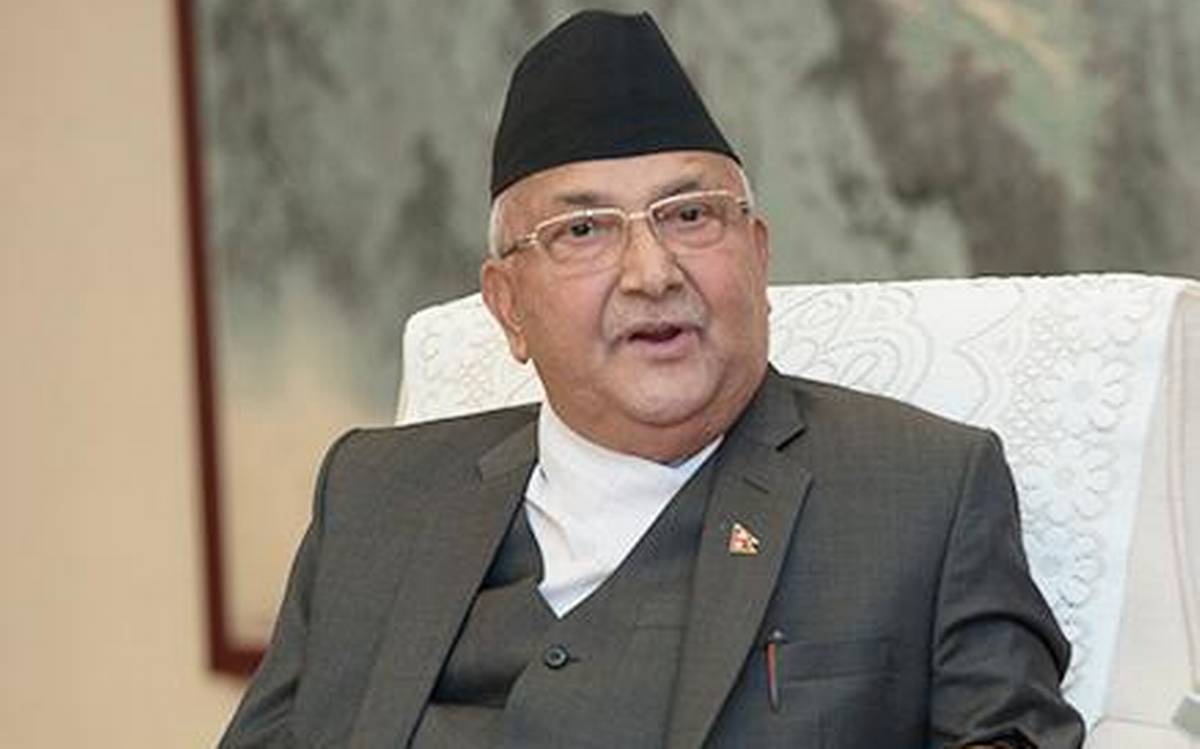Earlier this month, Nepal’s ruling party had cleared the map, drawing fierce reaction from India, which described the move as “unilateral” and not based on historical facts.
New Delhi, May 31:
The move to update Nepal’s new map — which includes a stretch of land high in the mountains that India claims as its own — has gathered momentum, with the ruling Left alliance moving a constitution amendment bill today. The opposition Nepali Congress has said it would vote in favour of the amendment, amid friction with India over the issue.
In Nepal, it usually takes a month to pass a constitution amendment bill. But this time, in view of the people’s sentiments, the Nepali parliament may bypass several procedures to get the bill passed in the next ten days, sources said. The opposition assurance means the bill – which requires two-third majority -will get passed.
Earlier this month, the ruling party had cleared the map, drawing fierce reaction from India, which described the move as “unilateral” and not based on historical facts.
“Such artificial enlargement of territorial claims will not be accepted by India,” Anurag Srivastava, spokesperson for the Foreign Ministry, had said. “Nepal is well aware of India’s consistent position on this matter and we urge the Government of Nepal to refrain from such unjustified cartographic assertion and respect India’s sovereignty and territorial integrity,” he had added.
Nepal has claimed the territory, which touches the border with China, under a treaty made with the East India Company during the British period.
The new map – made public earlier this month – shows a sliver of land on the east of river Kali, jutting out from the northwestern tip of Nepal. The area includes the Lipulekh Pass in Uttarakhand and also Limpiyadhura and Kalapani, which are highly strategic areas which India has been guarding since the 1962 war with China.
The controversy over the map surfaced as India opened a new road connecting the Lipulekh pass with Kailash Mansarovar route in China, on May 8. As Nepal protested, saying it wanted to put up a security post in the area, the Centre said the road “lies completely within the territory of India” and follows the route used by the pilgrims.
Earlier this month, Nepal Prime Minister KP Sharma Oli also blamed India for the spread of coronavirus in his country. “It has become very difficult to contain COVID-19 due to the flow of people from outside. Indian virus looks more lethal than Chinese and Italian now,” he said.
“Those who are coming from India through illegal channels are spreading the virus in the country and some local representatives and party leaders are responsible for bringing in people from India without proper testing,” Mr Oli told parliament.




